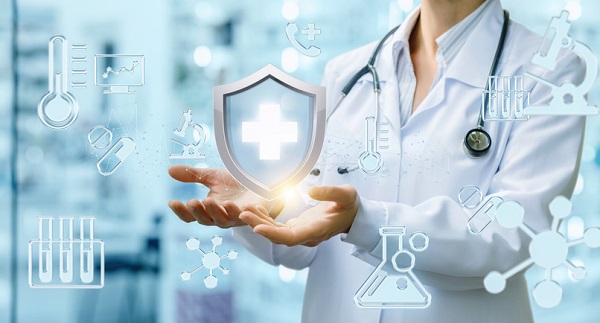
The World Health Organization (WHO) defines pharmacovigilance as:
“The science and activities relating to the detection, assessment, understanding and prevention of adverse effects or any other drug-related problem.”
It monitors the safety of all medicines, aiming to prevent Adverse Drug Reactions (ADRs) and improve upon the effectiveness and safety of drugs through monitoring. Pharmacovigilance occurs on a local, national, and international level.
Thanks to the WHO Programme for International Drug Monitoring, pharmacovigilance is improved by a global collaborative network. The network spans over 150 countries. Read on for more background on pharmacovigilance, why it matters, and the role of a global pharmacovigilance network in the world of pharmaceutical sciences.
How Skills from a Pharmacovigilance Program Go Beyond Clinical Trials
Clinical trials don’t always reveal everything that occurs once a medicine is available on the market. There are limitations that prevent complete accuracy. New drugs are tested for safety and effectiveness, but within certain confines that create barriers to accounting for:
- Diversity: Testing is done on groups of people, much smaller than the general population. The level of diversity that exists when a drug is being used widely is very difficult to replicate in these smaller-scale clinical trial settings.
- Long-term Factors: Clinical trials occur over a limited time period, so pharmacovigilance takes over when drugs will be available indefinitely and long-term effects may appear.
Pharmacovigilance monitors drugs beyond the scope of what clinical trials are capable of, increasing safety.

Thinking long-term for drug safety monitoring requires pharmacovigilance
Types of Pharmacovigilance You may See After Pharmaceutical Courses
In pharmaceutical sciences, different methods of monitoring drug safety can improve global health and prevent ADRs. These include, but are not limited, to:
- Passive Surveillance: Institutions or practitioners report information voluntarily, without reinforcement. This may include case series, where multiple patients with similar outcomes are then checked for drug exposure, or a group of patients who have all used a drug have their outcomes evaluated.
- Active Surveillance: Information is actively gathered, rather than relying on voluntary reporting. This can be done with sentinel sites, gathering data from a community. Another method is drug event monitoring, which continues to watch for adverse events after market release.
- Stimulated Reporting: Involves the public release of a safety concern, which in turn stimulates the public to report events.
Growth in the Pharmacovigilance Market
The pharmacovigilance market is growing due to necessity.

With increased need, the global pharmacovigilance market is growing significantly
- 45% CAGR by 2024 is expected for the global pharmacovigilance market. More and more, it is becoming an important part of the pharmaceutical industry.
- A rise in ADRs has made global pharmacovigilance a priority. ADRs are a major cause of mortality and morbidity around the world. Hospitalizations for ADRs are increasing.
- Global spending on medicine is also rising, with more people using pharmaceuticals, more medicines available to patients, and more opportunity for ADRs
This means that a global network linking pharmacovigilance efforts around the world is important to increase the effectiveness of monitoring.
The WHO Global Pharmacovigilance Database
If you’re interested in completing a pharmacovigilance program, you likely care deeply about keeping the public safe and improving medicine. The WHO Global Pharmacovigilance Database supplies information to a global network and the public on hazards and ADRs. It contains information from both high- and low-income countries, and is the only one of its kind. Other benefits of this database include:
- Safer movement of pharmaceuticals between regions
- Increased patient awareness
- Transparency and accountability

The World Health Organization provides an open database for global pharmacovigilance
Are you interested in pharmaceutical courses?
Contact AAPS to learn more.



